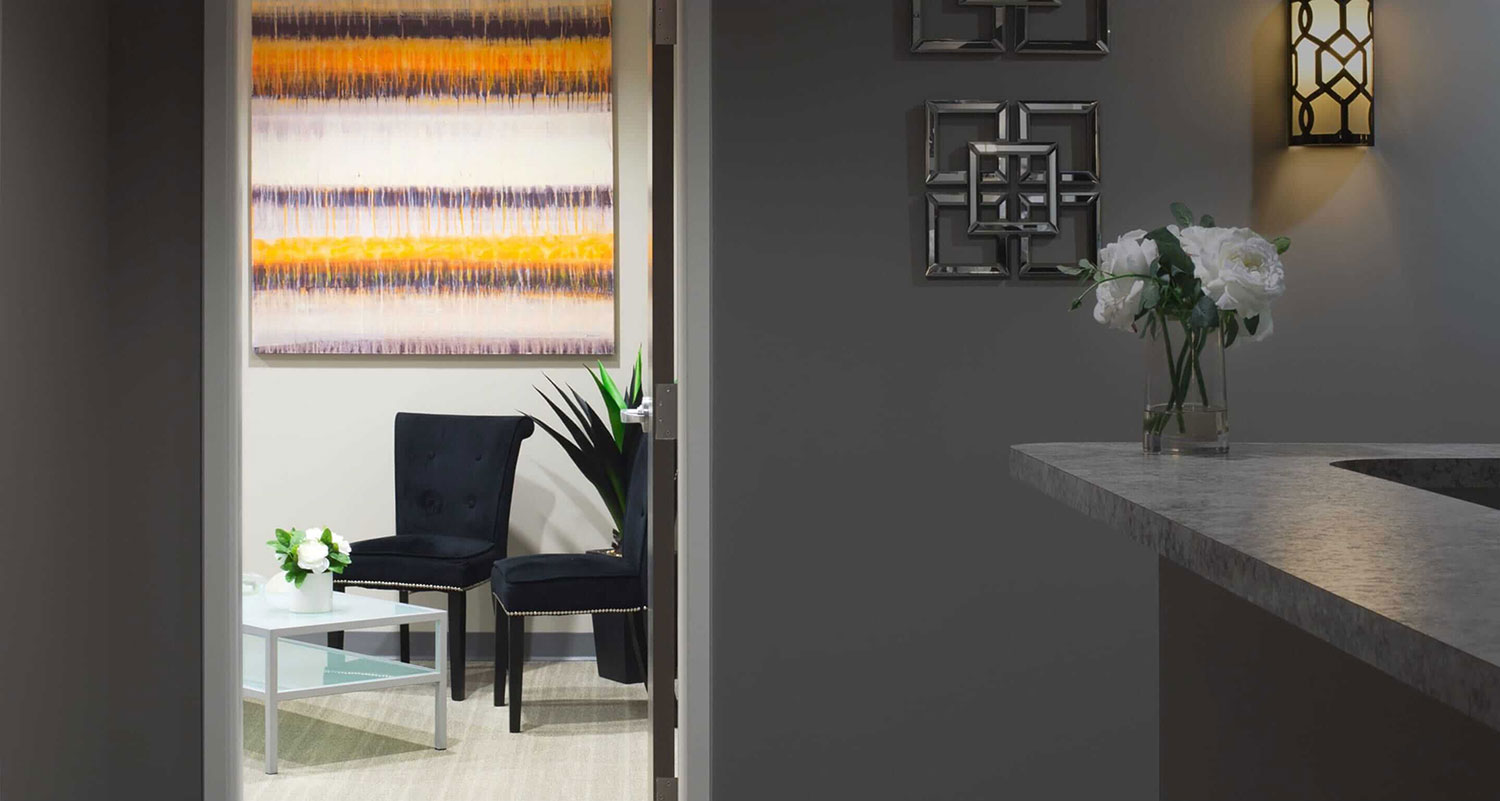Closed Rhinoplasty: is it better?
Over the years, master rhinoplasty surgeons have confessed their love for either closed or open rhinoplasty techniques. Some consider themselves closed rhinoplasty surgeons, while others consider themselves open rhinoplasty surgeons. In the modern world, rhinoplasty surgeons need a grasp of both techniques to offer their patients the optimum variety of procedures but also the best outcomes.
The advantage of closed rhinoplasties, also known as endonasal rhinoplasty, is reduced time for surgery, less swelling, and no incision. Closed rhinoplasties do have a smaller time for surgery but most reputable surgeons only perform closed rhinoplasties on minor nasal changes or changes that involve other structures of the nose besides the tip. This inherently speeds up the process. There are surgeons who prefer to do their tip work through a closed approach but the open approach may be superior as it allows better visualization of the tip structures that need more precise intervention. Because less work is generally done in a closed rhinoplasty, there is less swelling, especially at the tip since less is done in these procedures in this area.
There is no incision in a closed rhinoplasty; however, some surgeons argue that an incision at the base of the nose is barely noticeable once healed and provides a significant amount of direct visualization of the structures that is not left to the imagination. Others argue, that any incision can create a scar, but in skilled hands, these scars should heal so there is no concern of visibility. We have performed several hundred open and closed rhinoplasty and have not had an issue with the incision. We try to avoid one where possible but don’t hesitate to create one if it will provide the patient with a superior result. In the end, allow the surgeon to be an artist and do what needs to be done appropriately.
There is also the concern of less bruising and quicker recovery with a closed rhinoplasty. However, consider this. If you are more concerned about recovery than the best procedure for your nose, are you doing yourself a disservice. Bruising and recovery can be less with a closed rhinoplasty but several factors such as time of surgery, amount of work performed, history of previous surgery, patient’s medical history, patient’s tendency to bleed, patient’s fluid or electrolyte equilibrium, etc., all play roles in bruising and recovery. The surgery is only one part.


